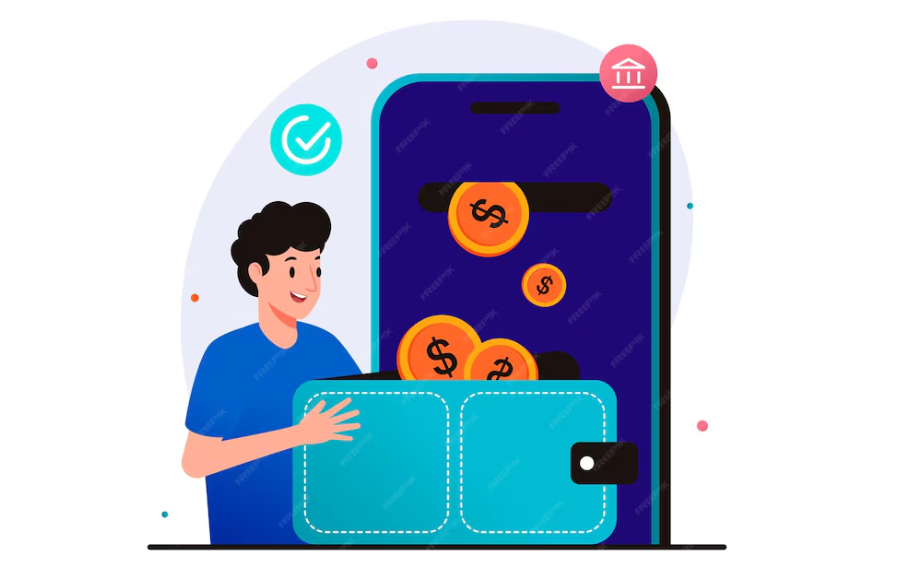How Much Does it Cost to Develop a Mobile App in Dubai, UAE?
- Emma Louise
- Apr 17, 2024
- 3 min read
Updated: Apr 18, 2024

Mobile App Development Cost Breakdown in Dubai
In today's digital age, mobile apps have become indispensable tools for businesses looking to enhance customer engagement, streamline operations, and boost revenue. However, one of the most common questions that arise when embarking on a mobile app development journey is, "How much will it cost?" The answer to this question varies significantly based on several factors, including the location where the app is developed. In Dubai, a global hub of technology and innovation, the cost breakdown of mobile app development involves several key elements that businesses need to consider. Let's delve into a detailed analysis of mobile app development cost breakdown in Dubai.
1. App Concept and Complexity:
- Simple Apps: These apps have basic functionalities like informational content display, contact forms, or simple calculators. They typically cost less due to their straightforward design and functionality.
- Moderate Complexity: Apps with moderate complexity may include features like user authentication, data synchronization, push notifications, and basic e-commerce capabilities. The cost increases due to additional development efforts.
- Highly Complex Apps: These are feature-rich apps with advanced functionalities such as real-time chat, geolocation services, payment gateways, third-party integrations, augmented reality (AR), or virtual reality (VR) components. Developing such apps requires a higher investment of time and resources, thus increasing the overall cost.
2. Design and User Interface (UI/UX):
- Basic Design: Simple, functional designs with standard UI elements and minimal customization fall into this category. Costs are relatively lower compared to more intricate designs.
- Custom Design: Tailored UI/UX designs that align with the brand identity and offer a unique user experience incur higher costs due to the creative effort and design iterations involved.
3. Development Platforms:
- Native Apps: Developed specifically for a single platform like iOS or Android. Each platform requires separate development, leading to higher costs but optimized performance.
- Hybrid or Cross-Platform Apps: Built using frameworks like React Native, Flutter, or Xamarin, these apps offer cross-platform compatibility, reducing development time and costs compared to native apps.
4. Features and Functionality:
- Standard Features: Include basic functionalities common to most apps, such as user profiles, search functionality, push notifications, and in-app messaging.
- Advanced Features: Incorporate complex features like geolocation services, social media integration, multimedia content streaming, advanced analytics, and AI-driven capabilities. Each additional feature adds to the overall development cost.
5. Backend Development:
- Server Infrastructure: Costs related to setting up servers, databases, APIs, and cloud services for data storage, retrieval, and management.
- Admin Panel: Development of an admin dashboard or panel for managing app content, user data, analytics, and app updates.
6. Testing and Quality Assurance:
- Manual Testing: Testing conducted by QA professionals to identify bugs, usability issues, and performance bottlenecks.
- Automated Testing: Utilizing automated testing tools and scripts to streamline testing processes and improve efficiency.
7. Deployment and Maintenance:
- App Store Fees: Costs associated with publishing the app on platforms like the Apple App Store or Google Play Store, including registration fees and annual developer account fees.
- App Updates and Maintenance: Ongoing costs for app updates, security patches, feature enhancements, and technical support to ensure optimal performance and user satisfaction.
8. Legal and Regulatory Compliance:
- Intellectual Property (IP) Rights: Costs related to securing copyrights, trademarks, or patents for the app and its assets.
- Data Privacy and Security: Compliance with local data protection laws, GDPR, or other regulatory requirements may necessitate additional development efforts and costs.
9. Project Management and Communication:
- Project Management Tools: Investment in project management software or services to facilitate communication, collaboration, and task tracking among development teams and stakeholders.
- Client Communication: Regular meetings, updates, and feedback sessions with clients to ensure project alignment and address any concerns or changes.
10. Localization and Internationalization:
- Language Support: Costs for translating app content into multiple languages to cater to diverse user demographics.
- Cultural Adaptation: Adapting the app's design, content, and features to suit regional preferences, cultural norms, and market expectations.
In Dubai, the cost breakdown of mobile app development can vary widely based on the above factors and the chosen development partner. While some companies offer fixed-price packages, others provide custom quotes based on project requirements. It's essential for businesses to collaborate with reputable app development agencies or freelancers who understand their vision, budget constraints, and target audience.
Moreover, considering Dubai's status as a technology hub with access to skilled developers, cutting-edge infrastructure, and a diverse market landscape, businesses can leverage these advantages to create innovative mobile apps that resonate with users and drive business growth. By conducting thorough research, planning effectively, and prioritizing key features, businesses can navigate the mobile app development cost breakdown in Dubai with confidence and achieve success in the competitive digital marketplace.








Comments